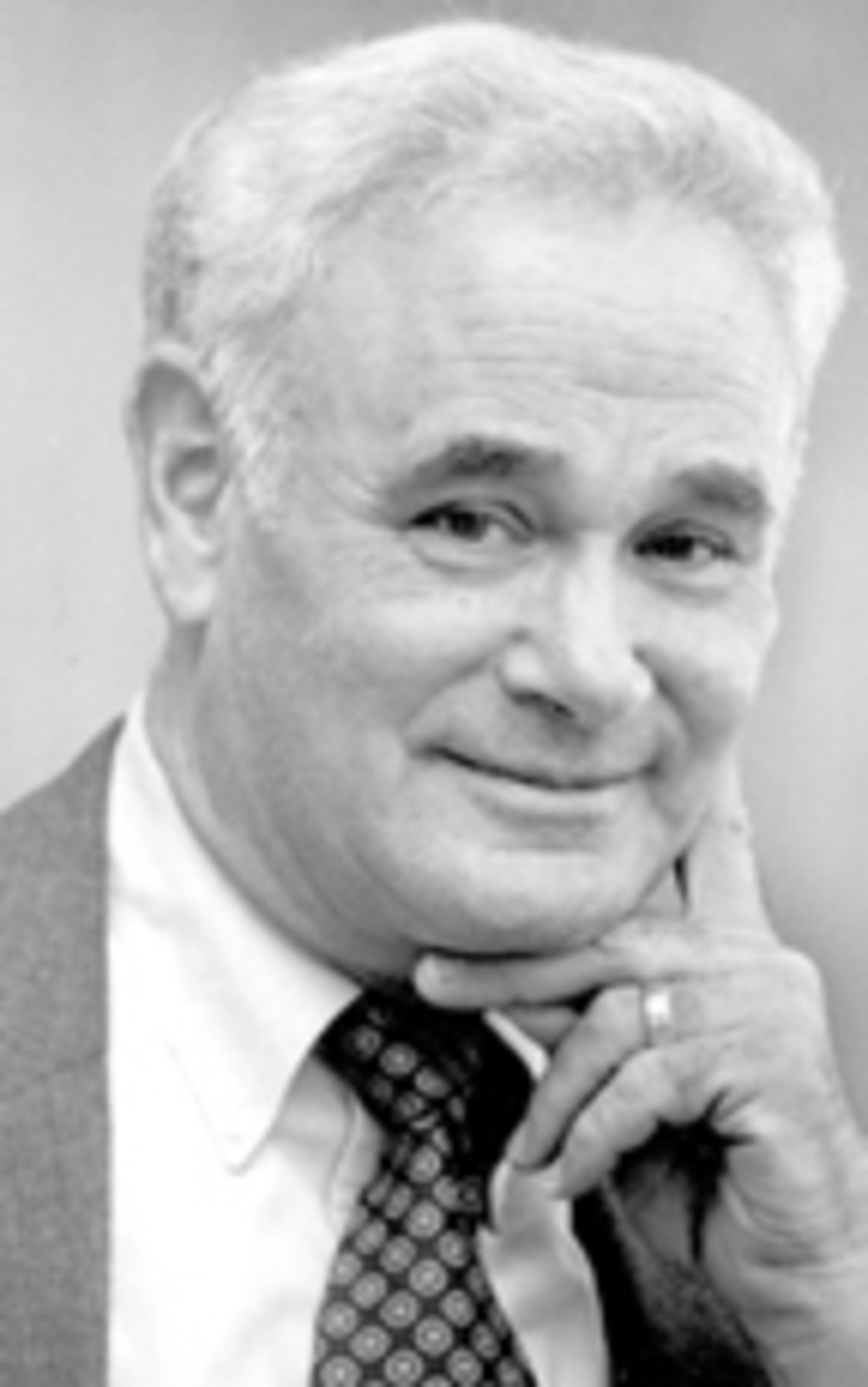An act of love
Harris N. Rosen – “Hershey” to many of us – is known and respected throughout Rhode Island for his numerous acts of charity. Just recently, Rosen has again demonstrated his community-mindedness by self-publishing an invaluable self-help book, “Creating A Guide So Your Loved Ones Can Go On Living!” The book is available locally at Books on the Square, 471 Angell St., in Providence.
Rosen, who, from 1993-1996, held the high-profile position of president of the Jewish Federation of Rhode Island (one of the precursor agencies of the Jewish Alliance of Greater Rhode Island), states in the book’s concluding chapter, “[My] purpose has been to prompt a family’s current financial and house ‘manager’ to commit to writing all the things in his or her head that a survivor or executor needs to know … I particularly hope that this book has deepened your concern about the future life of your partner.”
What sets his work apart from similar “how-to” books concerned with putting our affairs in order is that Rosen realizes that one size most definitely does not fit all; he emphasizes the obvious fact that every family is idiosyncratic, that every family has its unique needs, values, priorities. Therefore, rather than presenting readers with ready-made charts and lists into which they must force-feed their particular facts and figures, he encourages each family to tailor-make its own guide for the surviving spouse, partner, children and grandchildren; and he does an excellent job of showing us how to create such a guide.
Rosen’s book is crammed with useful information that most individuals are likely to need as they face inevitable end-of-life issues: funeral arrangements, detailed instructions as to what must be addressed shortly after the death of a loved one, additional required tasks in the weeks and months that follow, financial data, insurance considerations, continuing home maintenance concerns – just for starters.
His book also contains considerable information that will not necessarily apply to all readers. For example, Rosen devotes about 40 pages to downsizing. I am happy to report that my wife Sandy and I downsized more than six years ago, so I could breathe a sigh of relief as I read what he had to say about this onerous task of moving to smaller digs. However, if you have not yet downsized, you could save yourself considerable time and energy by reviewing the 40 pages devoted to the subject.
In terms of my own family situation, Rosen’s book has been most helpful in prompting Sandy and me to first locate our important documents and then write down clear instructions as to precisely where they are located. He reminds readers that it is not enough to write that our will is located in the file cabinet in our den, nor is it sufficient to indicate that our will can be found in the top drawer of that file cabinet. Rather, we need to state that our will is located in the very front of the top drawer in the file cabinet in our den.
Rosen has had decades of experience in figuring out where things are. When he was president of School House Candy, then a candy manufacturer with 600,000 square feet of space spread over five factories, he had to be super-organized to be able to locate every single item in a vast stock. Inspired by his book, Sandy and I have taken all summer simply to begin to bring the documents in our 1,750 square feet of condo space into some semblance of rational order.
Some readers of “Creating a Guide” might feel that the book contains too much information. My brother Bill, for example, questions whether it is necessary to leave our survivors a list of paint colors in case touch-up work is needed in their residence. Rosen comments that “matching colors can be tricky” and one should “include the paint manufacturer and color name and/or number.” Both my brother and I feel that this is an excessive level of detail, but my wife insists that this is useful data and something she wouldn’t have thought of without Rosen’s advice.
It is no exaggeration to state that his book is, at its heart, an act of love. By insisting that we leave clear, precise, easy-to-follow instructions to our survivors, Rosen is urging us to demonstrate with our deeds that our care, concern and protection survives our death.
None of us lives forever. As we approach our High Holy Days, our Days of Awe, a central question of our Rosh Hashanah and Yom Kippur liturgy beats in our hearts and stirs in our minds: “Mi yih’yeh u-mi yamut?,” which means “Who shall live and who shall die?”
To make life easier for those who survive our death is an act of love that binds us in our death with those who live after us.
James B. Rosenberg (rabbiemeritus@templehabonim.org) is rabbi emeritus at Temple Habonim, the Reform synagogue in Barrington.








